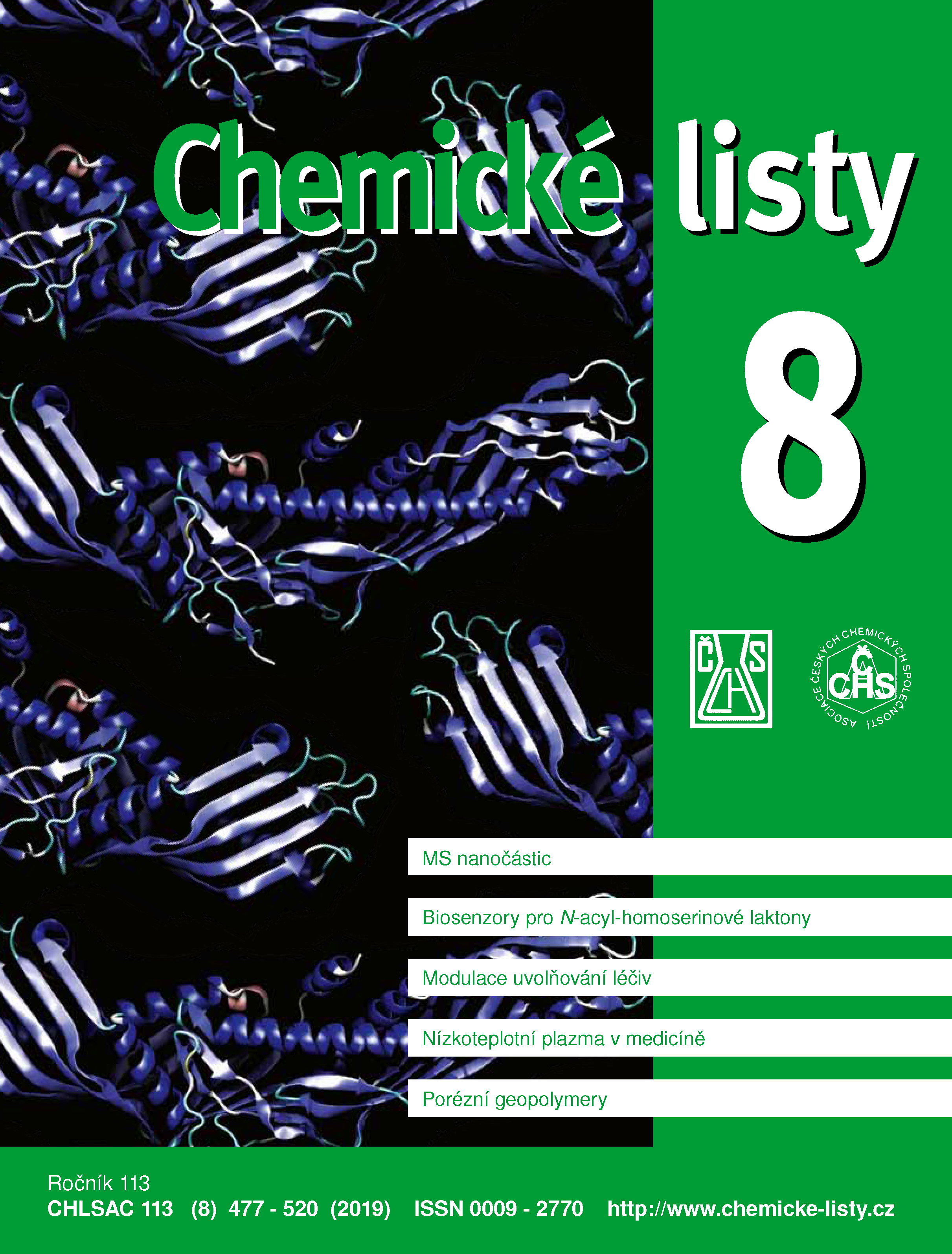Metoda detekce kontaminace půdy těžkými kovy pomocí stanovení metalothioneinů
Klíčová slova:
metalothioneiny, Eisenia foetida, těžké kovy, metoda ELISA, chlorid kademnatý, chlorid měďnatý, životní prostředíAbstrakt
This article is focused on the determination of metallothioneins by the ELISA enzyme immunoassay in the model organism Eisenia foetida. The results were obtained using artificially prepared soil with increasing levels of added cadmium or copper salts and laboratory-induced earthworms of the same age. It has been shown that metallothioneins are sensitive biomarkers of metal exposure. The ability to induce metallothioneins in the Eisenia foetida exposed to cadmium and cupric chloride was confirmed at low concentrations. The classical method of detecting toxic effects by determining the mortality of indicator organisms is less sensitive. The use of metallothioneins in practice will allow better identification of the influence of non-lethal concentrations of heavy metals on organisms in contaminated soils and provide a better assessment of the risk of environmental pollution.





